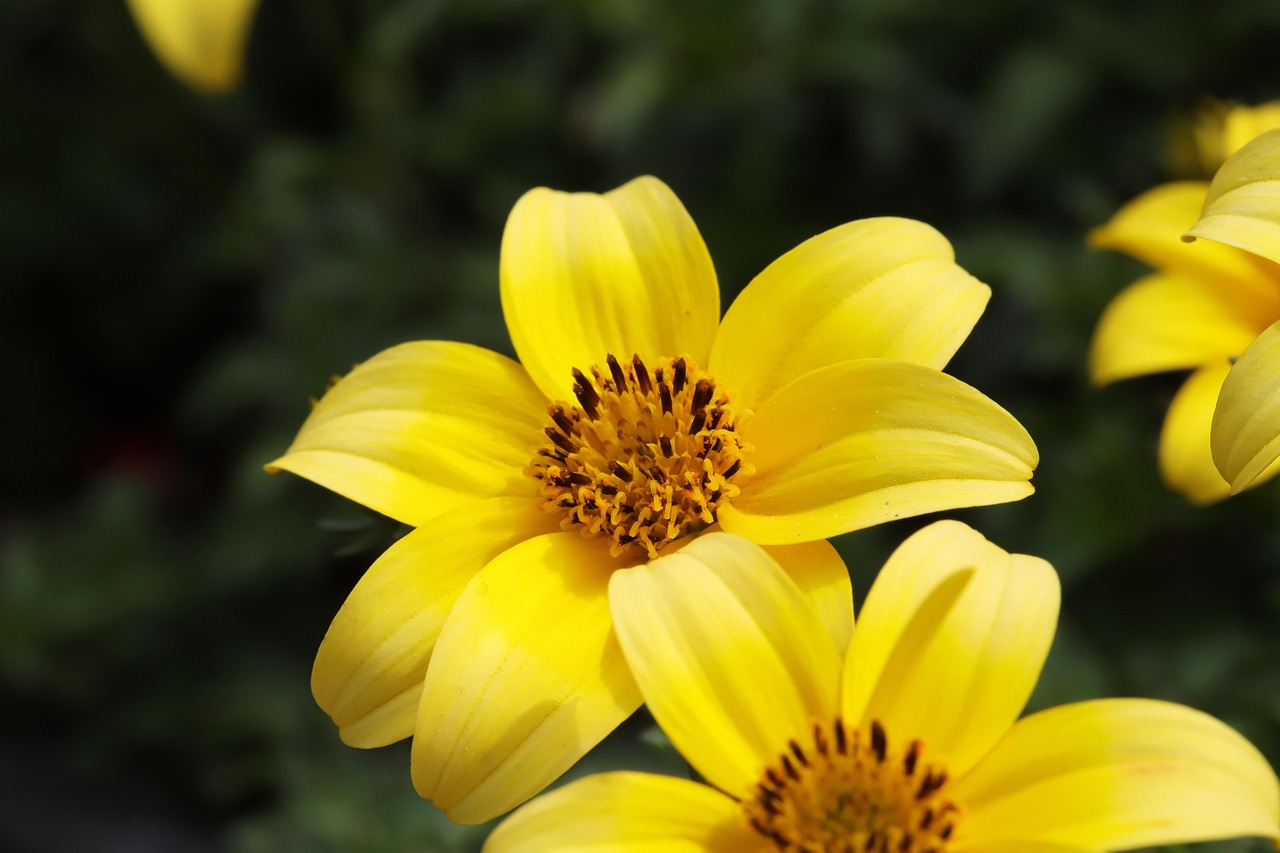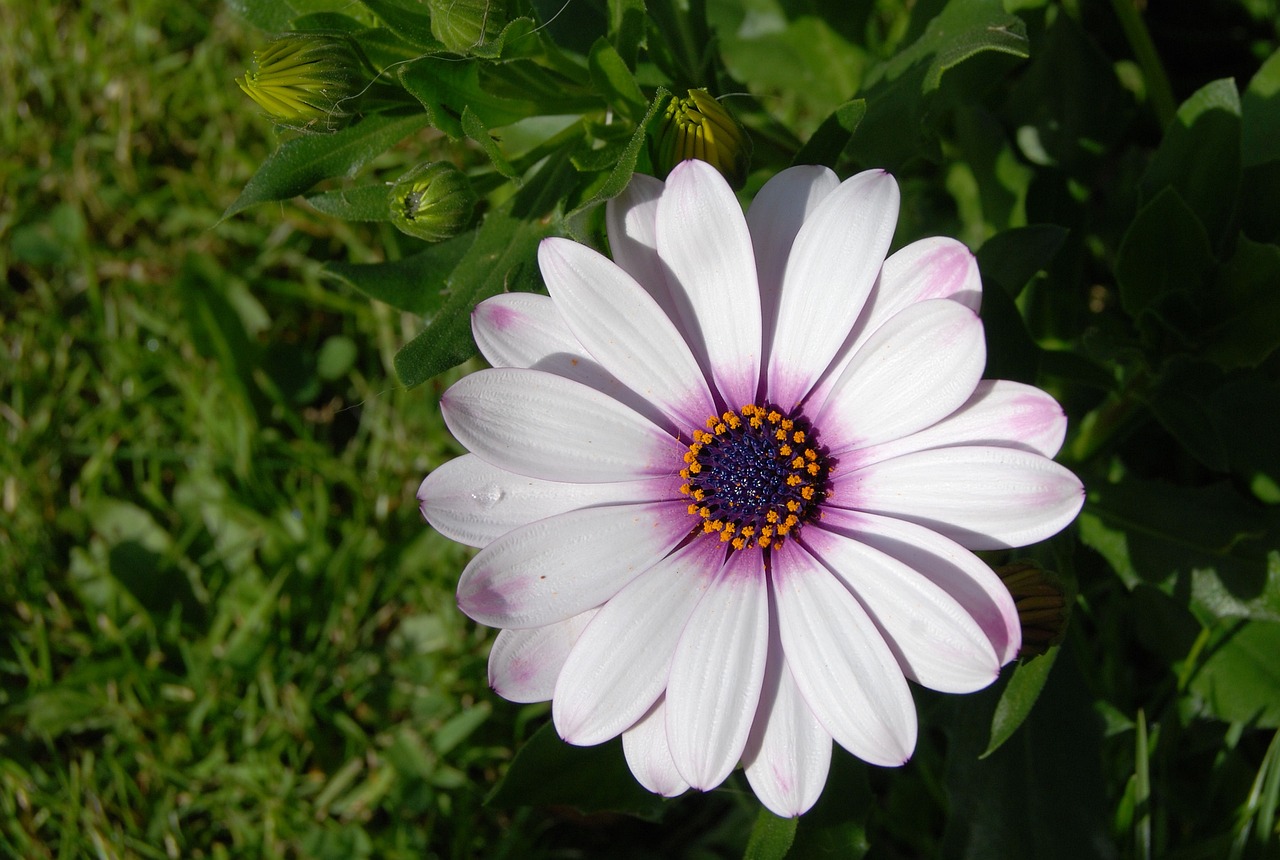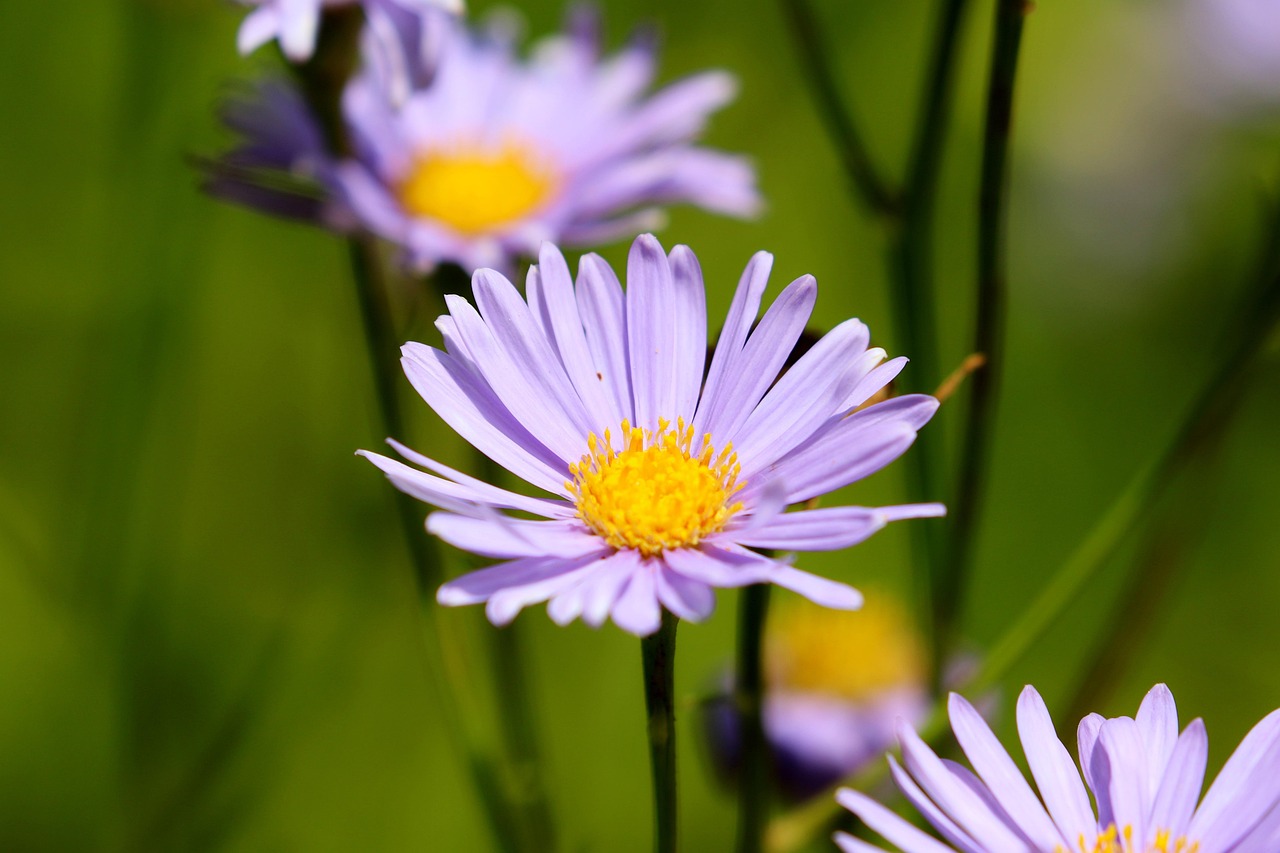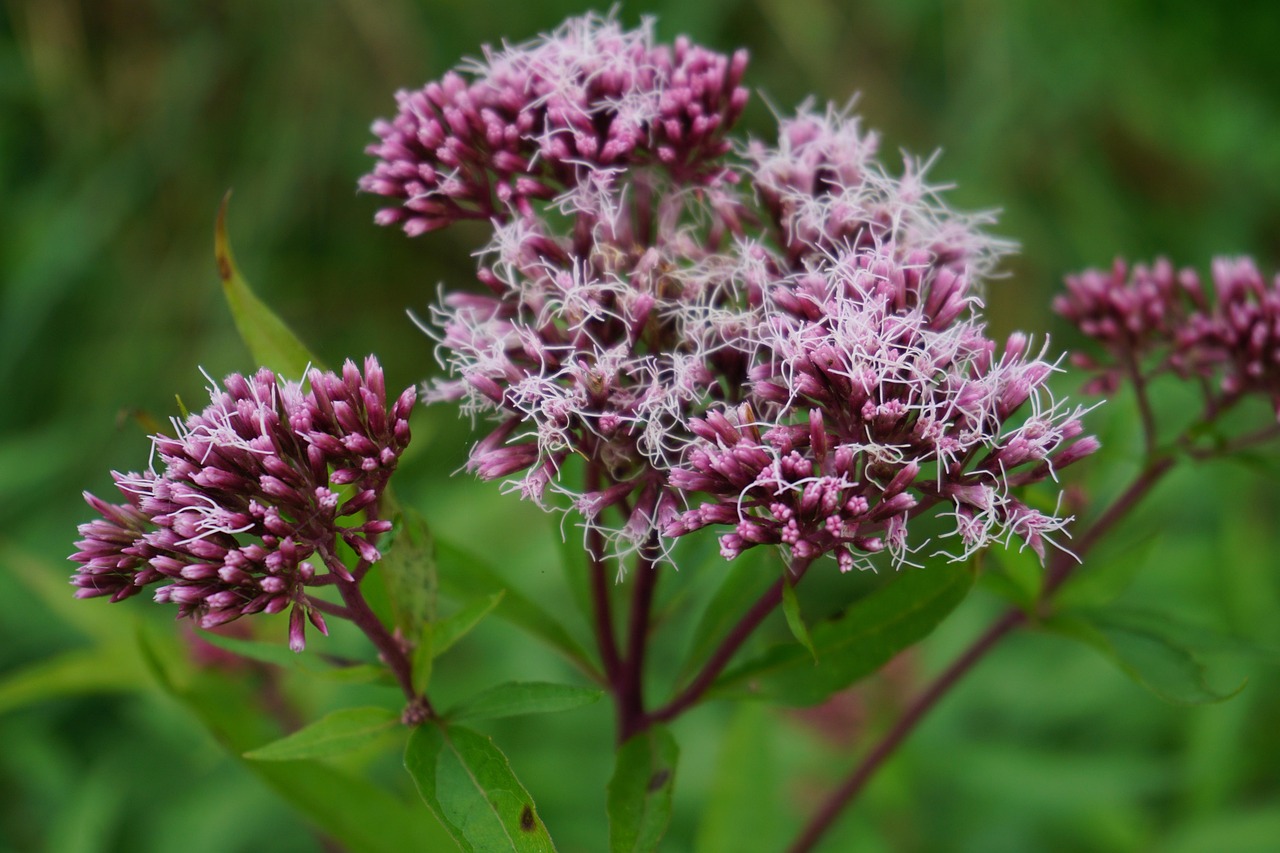Zinnia | A Cheerful Accent Flower Reflecting the Spirit of Mexico
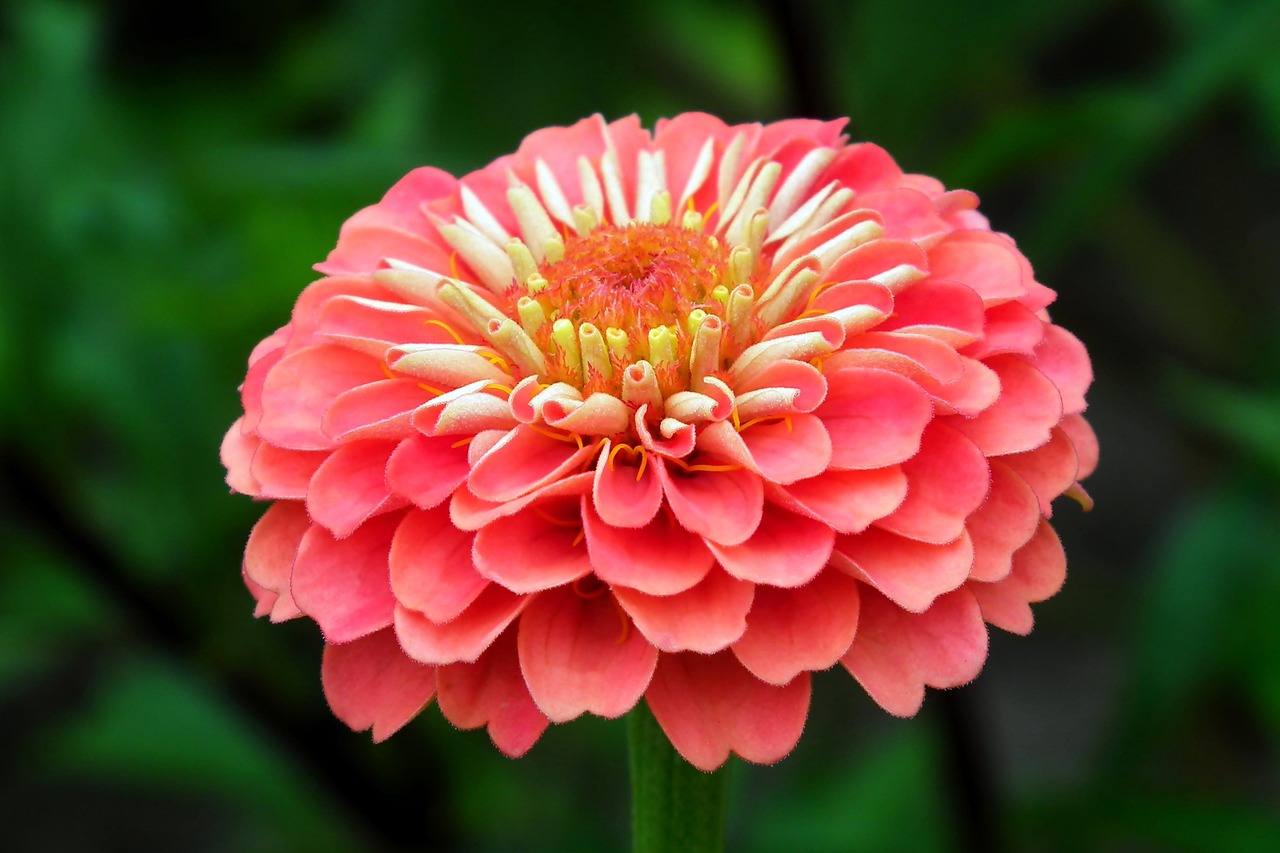
Zinnias are annuals admired for their vibrant colors and long blooming season. They are easy to grow, even for beginners, and can be enjoyed both in gardens and in pots.
In this article, I will provide detailed information on zinnias, including their basic profile, cultural significance, historical background, and tips for cultivation.
Basic Information
- Scientific name: Zinnia spp.
- Family: Asteraceae
- Origin: Mexico and Central/South America
- Appearance: Available in a wide range of bright colors such as red, yellow, pink, orange, and white, with both single and double-flowered varieties. The stems are upright, and the leaves are opposite and oval-shaped.
- Blooming season: From spring to autumn, offering long-lasting floral displays.
Cultural Significance Around the World
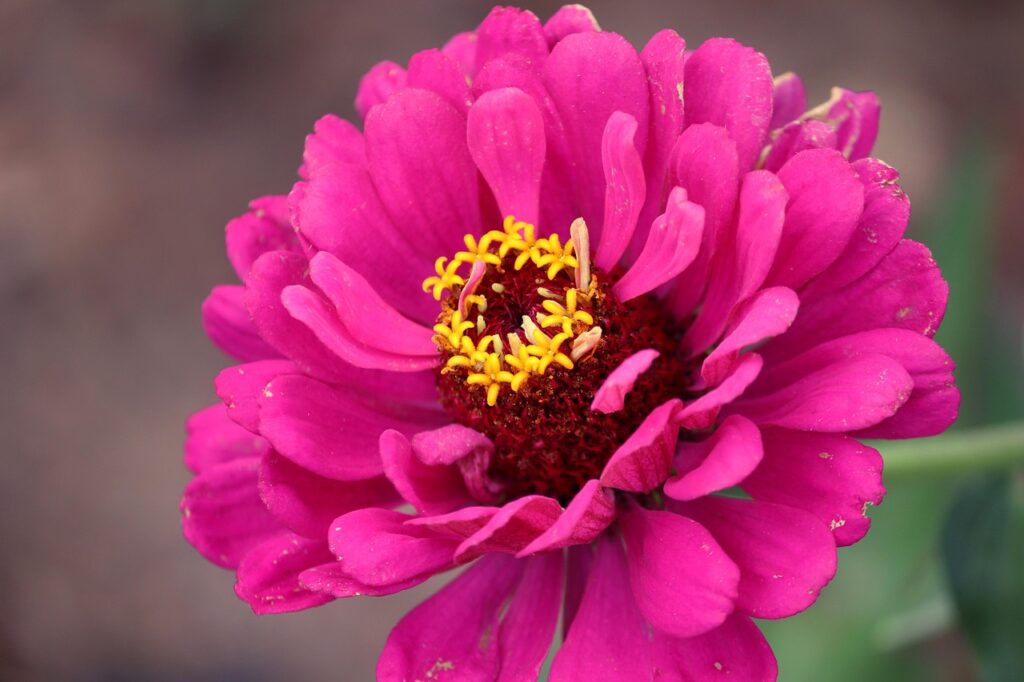
Zinnias, with their vivid colors and strong vitality, have been cherished worldwide as symbols of brightness and energy.
In Mexico, they have long been considered flowers of the sun, believed to bring happiness and prosperity. Their continuous blooming has led to symbolic associations with “eternal love” and “indomitable spirit.”
In the United States, zinnias are highly popular among gardening enthusiasts as cheerful accent flowers that brighten summer gardens.
In Europe, zinnias were introduced in the 18th century and underwent horticultural improvement. In France and the United Kingdom, their colorful blooms are regarded as symbols of happiness and friendship, often used as gifts and decorations.
Historical Background
The name “zinnia” derives from the German botanist Johann Gottfried Zinn, who studied the plant in the 18th century.
Zinnias were introduced to Europe in the late 18th century and later improved in France and the United Kingdom. By the 19th century, they had spread to the United States, where their colorful flowers gained widespread popularity.
In the 20th century, new cultivars with improved disease resistance and longevity were developed, expanding their presence in horticulture.
Notably, in 2016, zinnias became one of the first flowers successfully cultivated aboard the International Space Station (ISS). This experiment marked an important step toward exploring the possibilities of space agriculture.
Gardening Advice
To grow healthy zinnias and enjoy their flowers for a long time, consider the following points:
Sunlight
They thrive in full sun and grow strong when exposed to direct sunlight throughout the day.
Watering
Water thoroughly when the soil surface becomes dry. Avoid waterlogging by using well-drained pots for container planting.
Soil
Choose well-drained soil. Mixing garden soil with sand or compost improves the growing environment.
Fertilizer
Apply diluted liquid fertilizer about every two weeks during the growing season. Avoid overfertilization, which may cause excessive leaf growth.
Pruning
Remove faded flowers promptly to encourage continuous blooming. Trim elongated stems to maintain a compact shape.
Conclusion
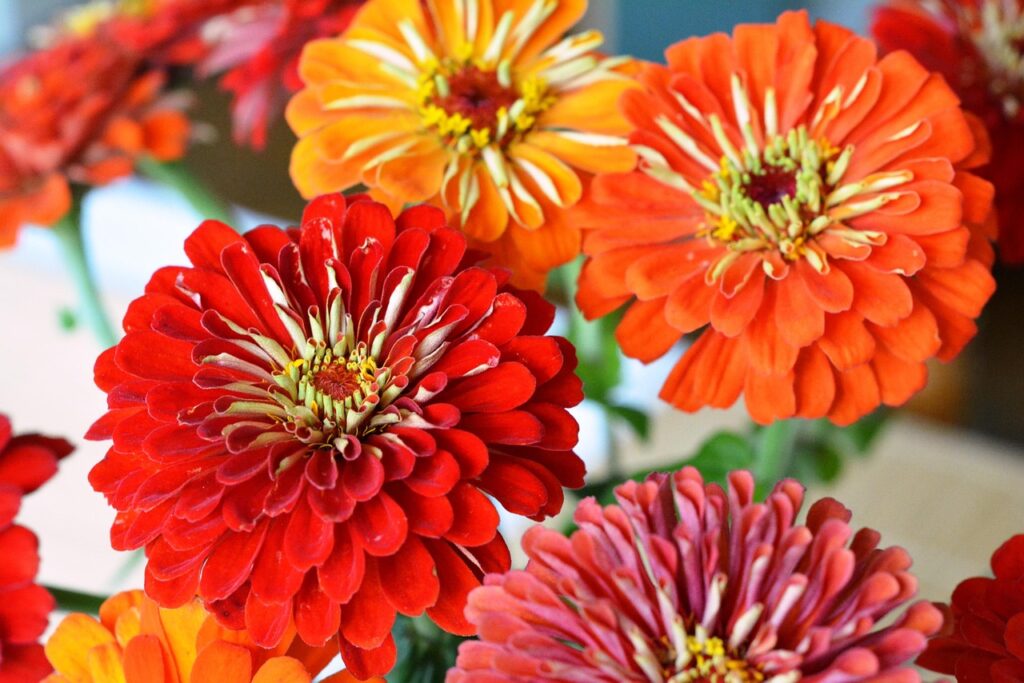
Zinnias are bright, sun-like flowers native to Mexico that have won the hearts of people around the world.
They symbolize happiness and vitality, have a long history of cultivation in Europe since the 18th century, and even made history as one of the first flowers to bloom in space.
From summer through autumn, zinnias will bring long-lasting color and charm to any garden or potted arrangement.


